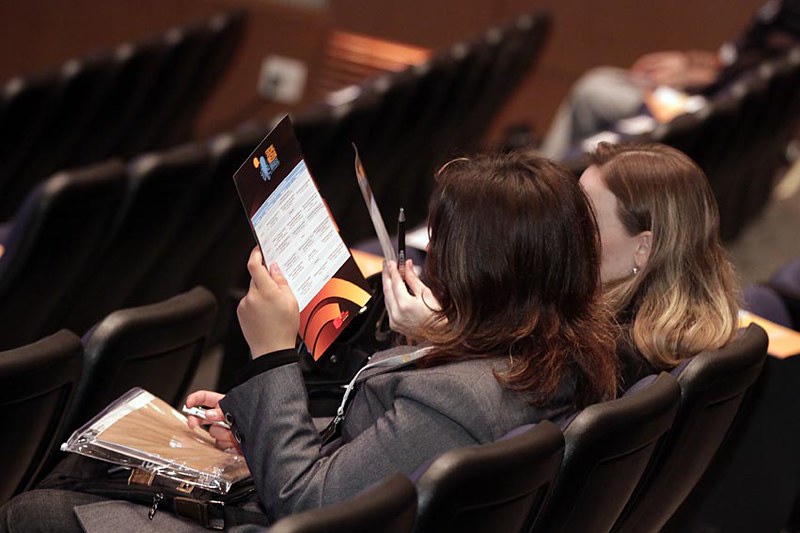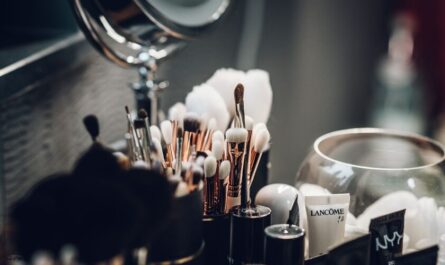The proliferation of social media has reshaped how we connect, communicate, and perceive ourselves and others. Among the myriad tools available on these platforms, filters—both fun and artistic—have become powerful, often controversial, instruments. While filters can enhance creativity and self-expression, their pervasive use raises critical questions about their impact on body image and self-worth. This article explores the psychology of filters, their influence on self-perception, and how to navigate a healthier relationship with them.
Understanding Social Media Filters: A Double-Edged Sword
Social media filters are tools designed to modify or enhance photos and videos. Originally introduced as fun features, they now range from whimsical effects like animal ears to more transformative filters that adjust skin tone, facial structure, and overall aesthetics. While these tools can boost engagement and add an element of playfulness, they also create a distorted version of reality.
The Positive Aspects
- Creativity and Expression: Filters offer users creative freedom to explore different looks or convey moods, enabling a new form of digital artistry.
- Building Confidence Temporarily: For individuals who struggle with self-image, filters can provide a quick boost of confidence in their appearance, aiding social interaction.
- Engagement and Entertainment: Many filters serve as icebreakers or conversation starters, fostering connections in a light-hearted manner.
The Dark Side of Filters: Distorted Realities
Despite their benefits, filters often blur the line between reality and an unattainable ideal. They create “perfect” versions of users, leading to a dangerous cycle of self-comparison and dissatisfaction.
1. Unrealistic Beauty Standards
Many filters alter features to align with narrow, often Westernized beauty standards. These include:
- Flawless, blemish-free skin.
- Larger eyes and fuller lips.
- Slimmer nose and sharper jawlines.
These alterations reinforce a singular idea of beauty, excluding the diverse, natural appearances that make individuals unique.
2. Filter Dysmorphia
The term “filter dysmorphia” describes the phenomenon where individuals become obsessed with looking like their filtered selves. This condition has led to:
- Increased demand for cosmetic surgery to mimic filtered features.
- Heightened dissatisfaction with natural appearances.
3. The Rise of Comparison Culture
Social media thrives on visuals, and heavily edited or filtered images often dominate feeds. This fosters a culture of constant comparison, making users feel inadequate when their real-life appearance doesn’t match their online persona.
4. The Psychological Toll
Excessive exposure to idealized images can lead to:
- Low self-esteem.
- Anxiety and depression.
- Body image issues, particularly among teens and young adults.
The Role of Algorithms and Social Media Platforms
Social media platforms play a pivotal role in promoting the use of filters. Algorithms often prioritize polished, aesthetically pleasing content, encouraging users to conform to these norms to gain likes, comments, and followers.
Gamification of Beauty
The reward system of social media—likes and shares—can make filters feel essential for social validation. This dynamic creates pressure to present a digitally enhanced version of oneself, perpetuating insecurities.
AI and AR: Taking Filters to the Next Level
Augmented reality (AR) and artificial intelligence (AI) technologies make filters increasingly sophisticated. They can now adjust features in real-time during live videos, further eroding the distinction between real and altered appearances.
The Impact on Self-Worth
1. Shifting Self-Perception
Repeated exposure to one’s filtered image can alter how individuals perceive themselves. Instead of appreciating their natural beauty, users may fixate on perceived flaws, undermining self-worth.
2. Validation Dependency
The reliance on likes and positive comments for self-validation can make users overly concerned with their online image, eroding intrinsic self-worth.
3. Isolation and Disconnection
Ironically, the pursuit of perfection often leads to feelings of isolation. Users may feel disconnected from their real selves and fear judgment when appearing unfiltered.
Navigating Filters for a Healthier Relationship with Social Media
While the challenges posed by filters are significant, they are not insurmountable. By adopting mindful practices and fostering a culture of authenticity, individuals can reclaim control over their self-image and online experiences.
1. Embrace Digital Literacy
Understanding how filters work and recognizing their impact is the first step toward building resilience against their influence. Education on media literacy should start early, empowering users to question the images they see online.
2. Follow Authentic Creators
Seek out influencers and content creators who embrace authenticity. Many social media personalities are now sharing unfiltered content, promoting body positivity and diverse beauty standards.
3. Limit Screen Time
Spending less time on social media can reduce exposure to filtered images, helping users reconnect with their real selves and surroundings.
4. Practice Self-Compassion
Replace self-criticism with self-compassion by focusing on what your body does for you rather than how it looks. Mindfulness exercises and journaling can aid this process.
5. Advocate for Change
Hold social media platforms accountable for their role in perpetuating harmful beauty standards. Advocate for transparent labeling of filtered images and support campaigns that celebrate natural beauty.
6. Diversify Your Feed
Curate your social media feed to include a diverse range of voices and representations. Seeing people of all shapes, sizes, and backgrounds can challenge ingrained stereotypes and broaden your definition of beauty.
The Shift Toward Digital Authenticity
In response to growing concerns, a movement toward digital authenticity is gaining momentum. Platforms like Instagram have introduced features to label edited or filtered content, and initiatives such as the #NoFilter trend encourage users to share unaltered images.
The Role of Body-Positive Movements
Body-positive campaigns and hashtags like #SelfLove and #AllBodiesAreGoodBodies are reshaping the narrative around beauty and self-worth. By celebrating imperfections and promoting self-acceptance, they counteract the harm caused by filters.
The Future of Social Media Filters
As awareness of their impact grows, the future of filters may include:
- Ethical guidelines for their creation and use.
- Greater transparency about edits.
- Enhanced tools to promote natural beauty.
Conclusion: Redefining Beauty in the Digital Age
Social media filters are neither inherently good nor bad—they are tools whose impact depends on how they are used. While they can enhance creativity and fun, they also pose risks to body image and self-worth when used excessively or irresponsibly.
By fostering awareness, promoting authenticity, and advocating for inclusive beauty standards, we can mitigate the negative effects of filters and create a digital landscape that celebrates real beauty in all its forms. Let’s strive for a future where self-worth is defined not by likes or filters, but by the unique, unfiltered qualities that make us who we are.



